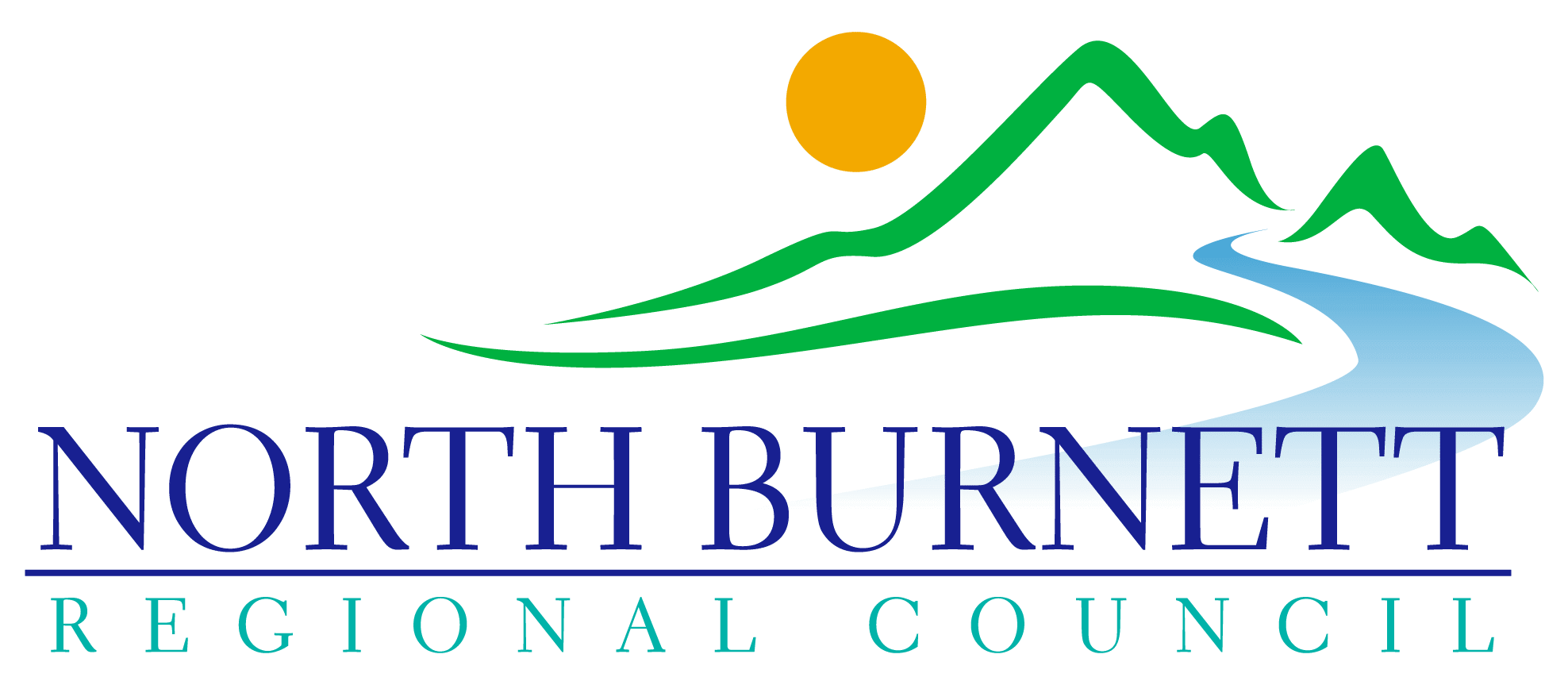Disaster Management

Prepare Your Home or Business
There are many things you can do to reduce your chances of becoming a victim during a disaster. Taking some simple precautions now before the onset of any natural hazard will help protect you, your family and your property.
Tips for preparing your home or business:
- Repair corrosion, particularly inside the roof.
- Replace rotten and termite-infested timber.
- Secure and tighten fixings and tie-down bolts on your roof.
- Clean gutters and downpipes.
- Trim trees and overhanging branches.
- Remove and store loose furniture or items that could become airborne missiles.
- Find out how to turn off mains power for gas, water and electricity.
- Purchase emergency supplies such as masking tape, tarps, sandbags and water containers.
- Determine whether your house or building may contain asbestos and learn how to safely handle and dispose of this hazardous material.
- Check your insurance policy to make sure it is current and know what events you are covered for.
- Take photos of home and business contents and belongings for evidence in case damaged during the event.
Sandbagging your home and business
Sandbags placed in appropriate locations around your home or business can reduce the impact of flooding. Sandbags will not stop the water completely, but can reduce the amount of water that enters your property or home.
Do not rely on council and Emergency Services providing these items. It is important to ensure that you have the equipment and resources you may require in an event. Sandbags can be purchased at most local hardware stores.
For advice on preparing and using sandbags to protect your home or business, refer to the Queensland Government’s website.
Tips for caravan owners
You must protect your caravan in high winds to protect it from flying debris or being blown over. It is important to remember that even if you follow the precautions below, it is not possible to totally protect a caravan against a severe storm or cyclone.
Some caravan park owners will require you to take your caravan and leave on notice of a cyclone warning. People should check with park owners and leave early to avoid possible road closures.
To protect your caravan from a cyclone or severe storm, you should:
- park with the narrow end facing the wind;
- park out of the way of trees that might fall;
- tie down your caravan securely;
- apply the brake; and,
- chock the wheels.
Even if your caravan is securely tied down, you should seek other shelter when warned of approaching high winds or storm tide. Flooding can also occur in some low-lying areas. You should be mindful of this when parking your caravan.
When a high-wind or tropical cyclone warning is issued, you should:
- tie down the chassis of the caravan to stop it being blown off its supports;
- tie down the roof to stop the caravan from overturning or swaying off its chassis;
- store equipment inside the caravan, including your:
- annex
- bikes
- chairs
- household items.
Caravan parks located in high-wind areas usually provide ground anchor points. If there is an anchor point, tie down your chassis with either:
- short lengths of strong chain and turnbuckles, or
- sound rope of at least 9.5mm diameter.
If there are no anchor points, use nylon rope or steel cable anchored at ground level and attached to the caravan chassis. Before you tie down, ensure the caravan supports are sound and stable.
